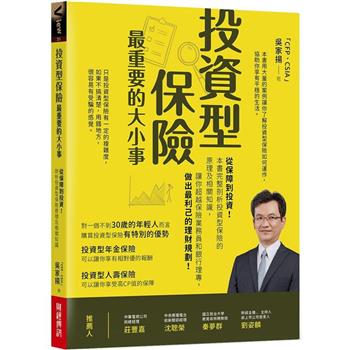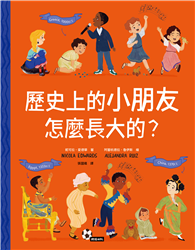This book reviews the experience of the textile and apparel sectors over the post-war period. An econometric study of the cost structure of the industry is undertaken to obtain inferences regarding the existence of structural change and the exact nature of any changes that occurred. A variety of approaches to modeling production technologies in both the textile and apparel sectors are considered. Our results confirm the existence of significant structural breaks which altered the nature of production technologies and economic relationships in these sectors. Our results indicate that a significant amount of labor, which became relatively more expensive as the economy developed after the Second World War, was replaced by capital in these sectors. Our results indicate that new technologies made it easier to substitute capital for labor.
We also give attention to the important role played by textile and apparel imports over this period. Textile trade has traditionally been heavily regulated, most recently by the Multi-Fiber Arrangement of the GATT. Policy changes allowed greater access to developed country markets. This stimulated production in developing countries and thus enhanced the role of imports from developing countries. We argue that this stimulated the structural changes which led to, among other things, the release of labor from these sectors and the concomitant plant closings. These factors also stimulated capital deepening. Finally, we also consider the issue of substitutability among alternative forms of fibers in the textile sector. Our analysis quantifies demand relationships among natural and synthetic fibers. Our analysis reveals that structural changes often encouraged the use of synthetic fibers.| FindBook |
有 1 項符合
Modeling Structural Change in the U.S. Textile Industry的圖書 |
 |
Modeling Structural Change in the U.S. Textile Industry 作者:Yang 出版社:Routledge 出版日期:2024-06-24 語言:英文 規格:平裝 / 112頁 / 普通級/ 初版 |
| 圖書館借閱 |
| 國家圖書館 | 全國圖書書目資訊網 | 國立公共資訊圖書館 | 電子書服務平台 | MetaCat 跨館整合查詢 |
| 臺北市立圖書館 | 新北市立圖書館 | 基隆市公共圖書館 | 桃園市立圖書館 | 新竹縣公共圖書館 |
| 苗栗縣立圖書館 | 臺中市立圖書館 | 彰化縣公共圖書館 | 南投縣文化局 | 雲林縣公共圖書館 |
| 嘉義縣圖書館 | 臺南市立圖書館 | 高雄市立圖書館 | 屏東縣公共圖書館 | 宜蘭縣公共圖書館 |
| 花蓮縣文化局 | 臺東縣文化處 |
|
|
圖書介紹 - 資料來源:博客來 評分:
圖書名稱:Modeling Structural Change in the U.S. Textile Industry
The Art of War
A Splash in the Kitchen
Community Heroes
Business Models for Collective Governance (Softcover)
Regenerative Strategies: Exploring New Sustainable Business Models to Face the Climate Emergency
Creative Work: Conditions, Contexts and Practices
Moonshot: A NASA Astronaut’s Guide to Achieving the Impossible
Queer Career: Sexuality and Work in Modern America
Happiness and Wellbeing in Singapore: Beyond Economic Prosperity
Ritual and Systems Thinking: Managing an Initial Encounter
A Splash in the Kitchen
Community Heroes
Business Models for Collective Governance (Softcover)
Regenerative Strategies: Exploring New Sustainable Business Models to Face the Climate Emergency
Creative Work: Conditions, Contexts and Practices
Moonshot: A NASA Astronaut’s Guide to Achieving the Impossible
Queer Career: Sexuality and Work in Modern America
Happiness and Wellbeing in Singapore: Beyond Economic Prosperity
Ritual and Systems Thinking: Managing an Initial Encounter
|











